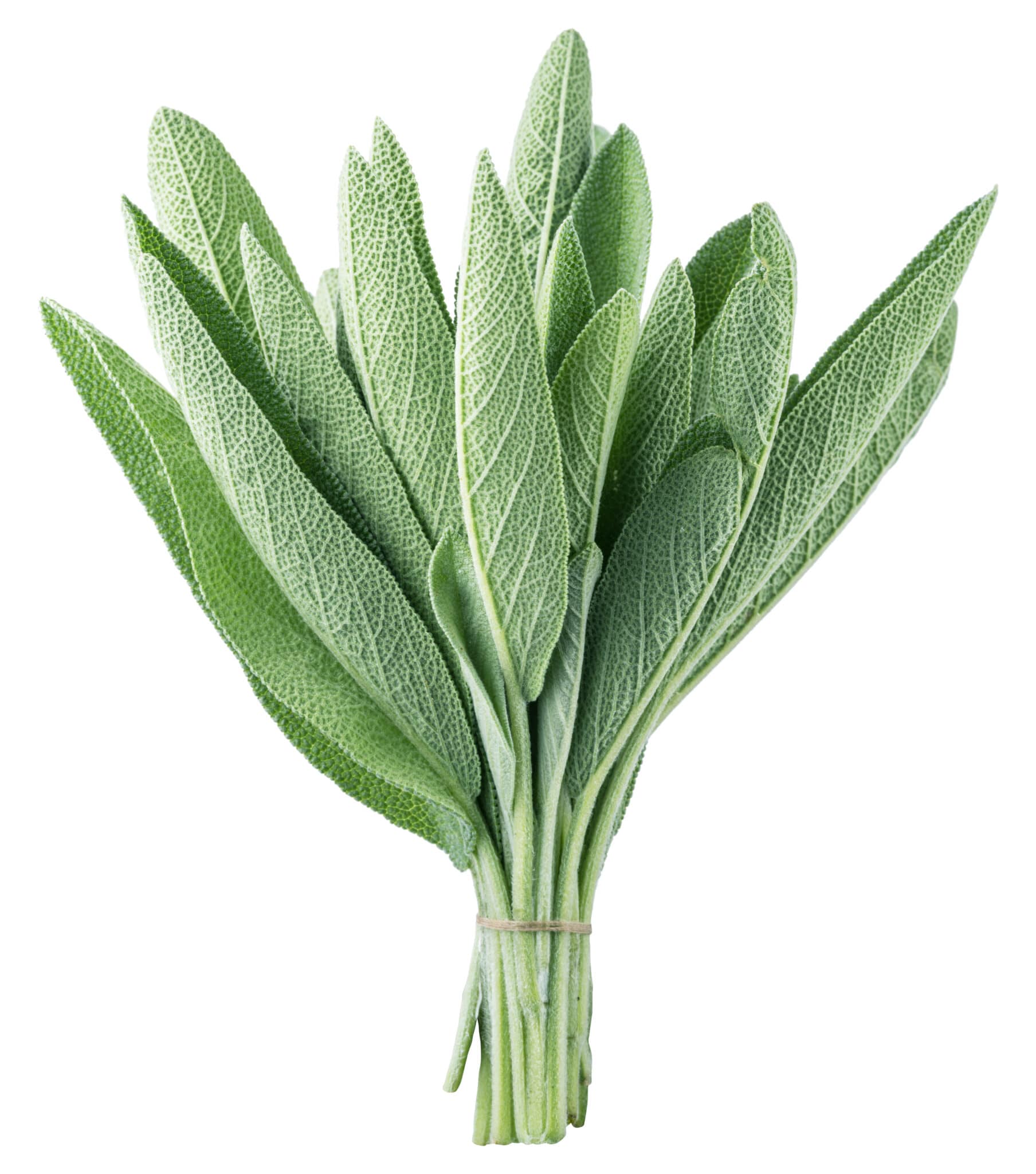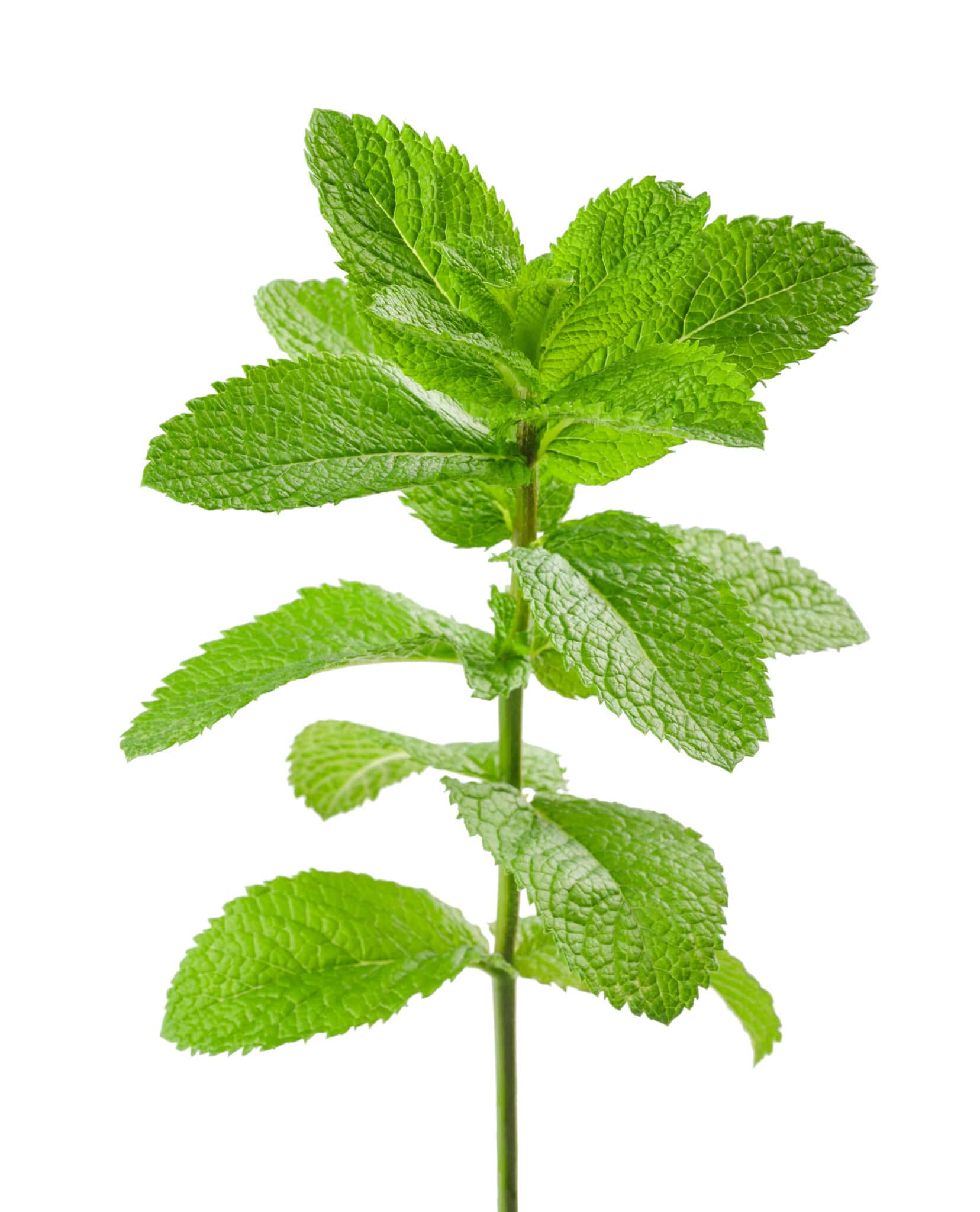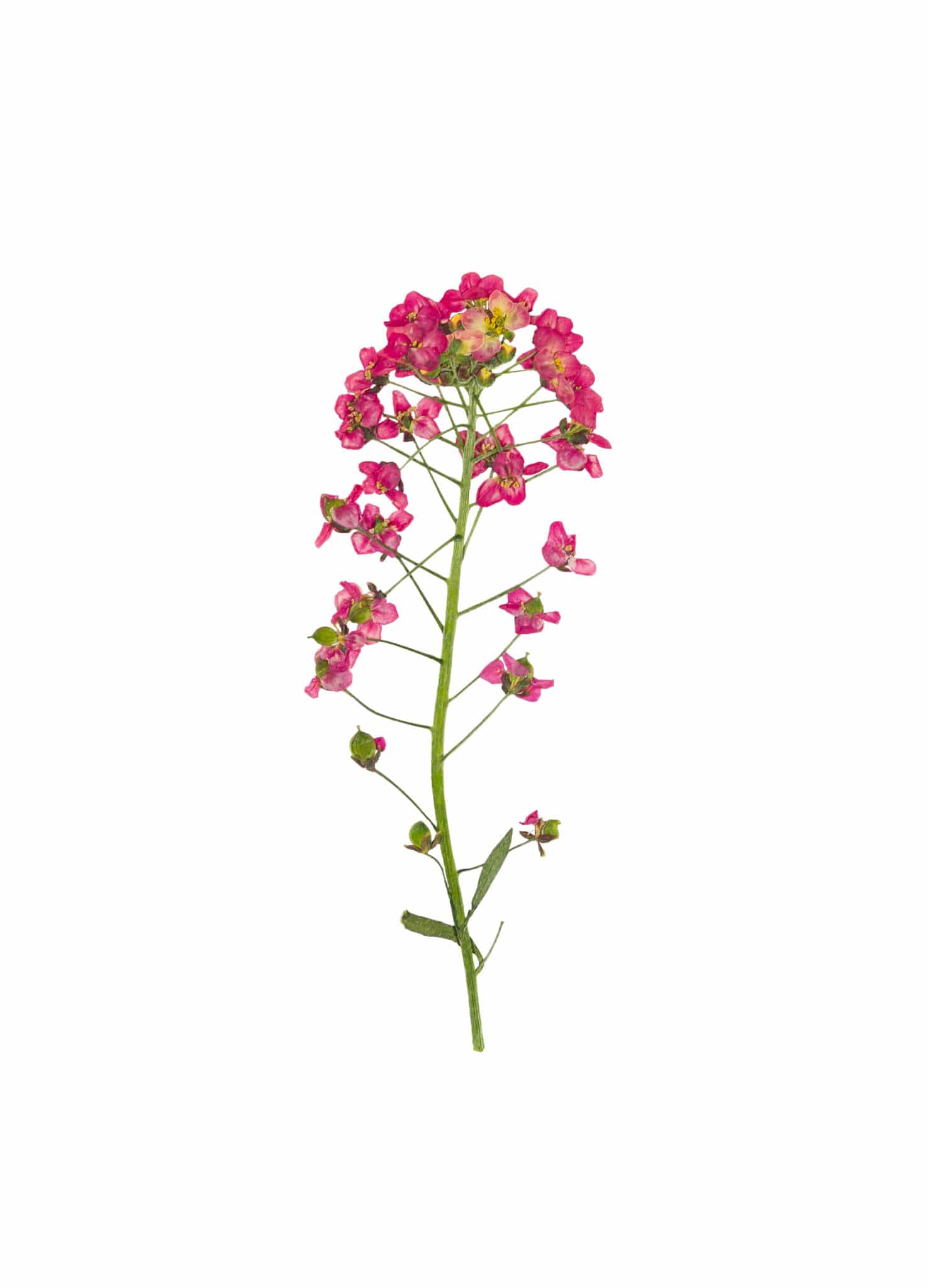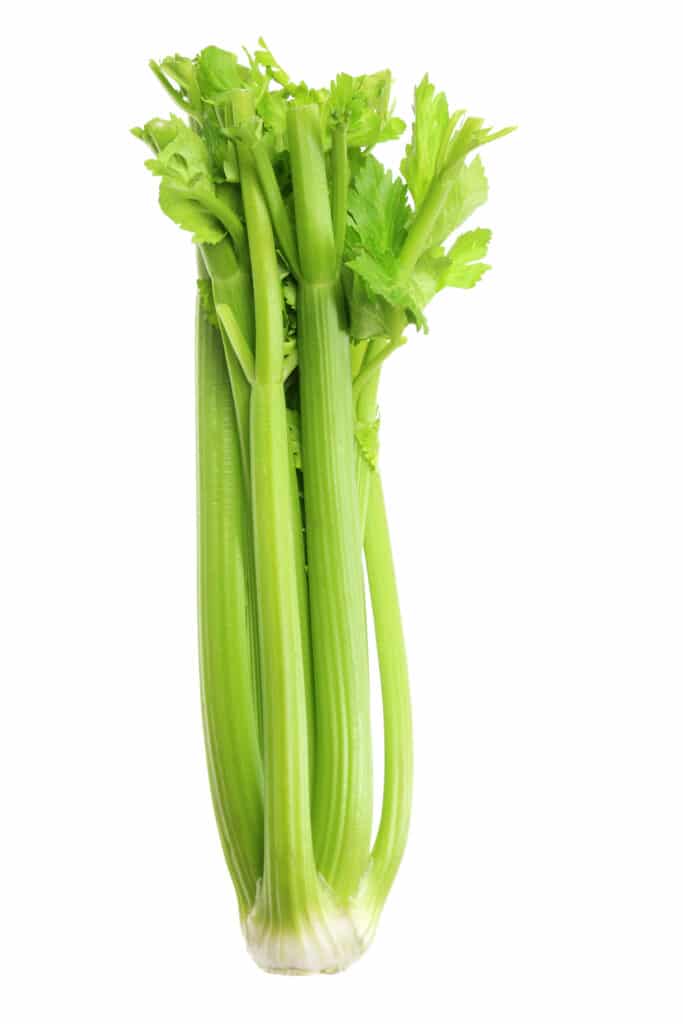23 Beet Companion Plants For Improved Growth
Discovering the ideal beet companion plants can significantly enhance the health and yield of your garden. This article is tailored for gardeners of all levels, from beginners to seasoned green thumbs, who want to optimize their vegetable patches through companion planting. We will delve into a comprehensive guide that identifies which plants thrive alongside beets, enhancing their growth and protecting them from pests, and explains the science behind these beneficial relationships.

Integrating the appropriate beet companion plants can help cultivate a thriving ecosystem, supporting mutual growth and natural pest control. Doing this increases your garden’s productivity and promotes a sustainable approach to gardening. Plus, it helps make growing beets a cinch.
The Best Companions for Beets
There are many good companions for beets in our list, from plants that help repel bad insects, attract good insects, and help improve soil:
Bush Beans
When planted near beets, Bush beans, butter beans, and soybeans will all grow exceptionally well. In addition, beans will enrich the soil with nitrogen and nutrients, which will help your beets grow stronger.
To be clear, only bush beans are good companions; pole beans (discussed below) make bad neighbors.

Members of the Allium family
Members of the onion family, like leeks, shallots, onions, and garlic, can be a natural repellant for certain insect pests that munch on beets, like flea beetles, Colorado potato beetles, and aphids.
Garlic companion plants will help improve the taste of your beets.
Another benefit of growing beets and garlic side by side is that garlic releases sulfur into the soil as it grows. Sulfur is a natural anti-fungal and anti-bacterial that helps reduce many diseases in the soil.

Members of the Brassica family
The best companion plants for beets are members of the cabbage family. Plant your beets around and near vegetables like kale, broccoli, brussels sprouts, cauliflower, and kohlrabi to enrich the soil and improve brassicas’ taste, quality, and growth.
Beet leaves are high in manganese and iron; any leaves that fall or are tilled will release those nutrients back into the soil for the brassicas.
Carrots & Radishes
Two good companion plants for beets are radishes and carrots. Radishes and carrots will both help improve the soil by breaking up the ground with their long taproots.
Radishes can also be planted on the edge of the garden beds as a trap crop for flea beetles.

Leafy Greens
Leafy greens like lettuce and spinach with shallow roots do not compete with beets for water or nutrients. Densely planted around beets, leafy greens can help choke out weeds and act as a living mulch to help retain moisture in the soil.
Catnip
Grow catnip and help repel harmful beetle pests like Colorado potato, Japanese, and flea beetles. The plants can also help control aphids and squash bugs. It’s a great herb to add to your beet bed for general pest protection.
Plant the catnip near your beets to achieve the best results. Catnip also offers a clever solution for one of the beets’ most common pests – voles and mice. This herb will attract cats to your garden, which in turn will help deal with your rodent problem.
Catnip will also attract helpful insects like bees and parasitic wasps.

Sage
Common garden types of sage are said to help repel cabbage moths in the garden. Cabbage moths can damage beet leaves, so protecting your crop from cabbage worms is best if you’re growing them for the greens. Plant sage on the outside edges to create a protective border around your beet bed. Or plant between rows.

Mint
All types of mint will help deter cabbage moths and aphids. Mint also improves the soil by attracting earthworms. Please ensure you add a barrier around your mint plant so it doesn’t spread – mint can be invasive and get out of hand very quickly.

Sweet Alyssum
Sweet alyssum will work as a living mulch to keep the ground cool and moist. In addition, the flowers and foliage of sweet alyssum will create shelters for beneficial insects like spiders and ground beetles, which can help reduce populations of harmful insects like Mexican bean beetles.

Nasturtiums
Nasturtiums make a great addition to the garden to help attract numerous beneficial insects. They also act as a trap crop for flea beetles and aphids, two insects that love to munch on beet greens.
The flowers will also help attract beneficial insects like ladybugs, hoverflies, soldier beetles, and parasitic wasps, which will help deal with insect pest infestations like spider mites and cucumber beetles.
Plants like nasturtiums that spread across the ground serve as a living mulch that will help suppress weeds and keep moisture from evaporating.
Learn More: Nasturtium companion plants.

Marigolds
Marigolds, known for their vibrant colors and strongly scented flowers, serve as excellent companion plants in gardens, offering a multitude of benefits to both plants and gardeners alike.
Attract beneficial predatory insects: Marigolds help attract beneficial insects like parasitic wasps, hoverflies, and ladybugs. Ladybugs, in particular, will feast on aphid infestations.
Help improve the soil: Turning the marigolds into the soil at the end of the season helps kill pests like root-knot nematodes. Be sure to use French and Mexican marigolds to fend off nematodes.
Learn More: Marigold Companion Planting

What to Avoid Planting Next to Beets
A few plants will cause issues if planted near your beets. These plants can stunt growth and pass on diseases. We consider the following bad companions for beets:
Pole Beans
Green beans grow in two styles: bush and pole. Pole beans, also known as runner beans, are green beans that grow tall on climbing vines. Bush beans make good companion plants for beets – pole beans do not.
The pole beans and the beets will be negatively impacted by the other and cause stunted and slowed growth. In addition, the excess nitrogen from the pole beans (higher than with bush beans) will cause the beets to grow lush greens at the expense of the root.

Field Mustard
Beets grown with field mustard grow poorly and do not mature as they should. Therefore, you should avoid planting mustard in or around beets.

Chard
Chardok, or “chard,” is in the same family as beets and will pass on similar diseases and pests. Therefore, it is recommended to avoid planting chard anywhere near beets.

Expert Tips
- Select Compatible Companions: Pair beets with bush beans, onions, garlic, and leeks to deter pests and improve flavor. Leafy greens like lettuce and spinach benefit from the shade beets provide, fostering a supportive environment.
- Avoid Certain Plants: Steer clear of pole beans and mustards near beets, as they may inhibit growth due to competition for resources or negative interactions.
- Use Marigolds for Pest Control: Marigolds near beets can naturally repel beetles and other pests, enhancing garden biodiversity and protecting your crops without chemicals.
- Practice Crop Rotation: Rotating beets with their companion plants each season prevents soil depletion and disease, maintaining soil health and ensuring nutrient-rich conditions for all plants.
- Mind Soil and Water Needs: Ensure beets and their companions share similar soil (well-drained, fertile, pH 6.0-7.0) and water requirements to prevent competition and promote growth.
- Proper Spacing: Adequate spacing is essential to prevent overcrowding and ensure each plant, especially root crops like beets, has enough room to grow. Follow specific spacing guidelines for optimal development.
- Attract Beneficial Insects with Flowers: Incorporating flowers like calendula or chamomile can attract pollinators and natural predators, enhancing pollination and contributing to a balanced garden ecosystem.
FAQ
You can plant beets under tomato plants. The beets will enjoy the tomatoes’ shade and not compete for water or nutrients. There isn’t much of a beneficial relationship between tomatoes and beets, but they can grow side by side without much issue.
You can plant beets under the pepper plant. The beets will enjoy the shade the peppers provide. There isn’t much of a beneficial relationship between peppers and beets, but they can without negatively impacting one another.
Grab Our Ultimate PRINTABLE Garden Planner
With 39 pages of planning and organizing and the ability to customize your planner with the pages you need, you won’t need another planner for the rest of your gardening life!
$4.99 US

Final Remarks
Embracing companion planting with beets can transform your garden into a thriving ecosystem where each plant contributes to the health and productivity of its neighbors. By carefully selecting companions and following these guidelines, you’ll harvest bountiful beets and enjoy a more resilient and harmonious garden.
Related Posts

Author: Laura Kennedy
Writer & Owner of Little Yellow Wheelbarrow










